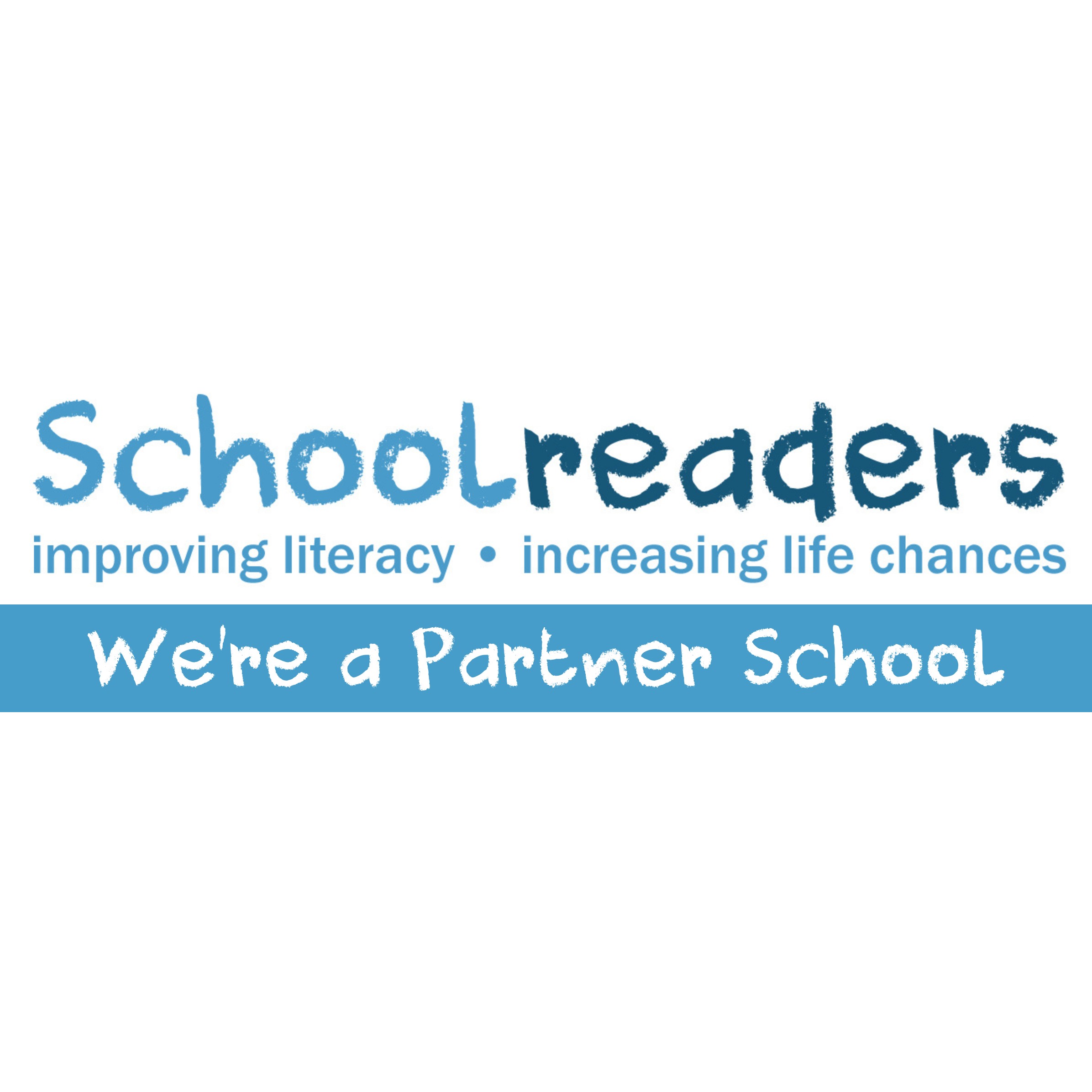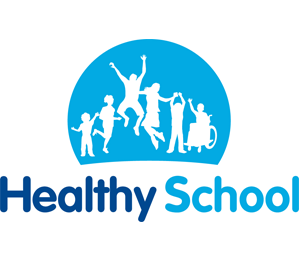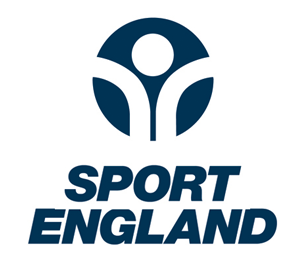Art
Our Intent: Why our Art curriculum looks like this
The Green Lane Art curriculum includes specific art skills teaching alongside the study of great artists and artworks linked to the topics our children study from Year 1 to Year 6. We offer a high-quality art education that will:
- provide children with opportunities to develop and extend skills to express their individual interests and ideas
- contribute to the development of the child emotionally, spiritually, intellectually and socially
- equip children with the skills to explore, experiment, create and invent their own work of art whilst engaging, inspiring and challenging pupils
- give children the opportunity to understand how art has changed their landscape, culture and history
- equip children with the skills to become artists who should be able to constructively evaluate their work and the work of others
Because of this, we feel it is important for the subject to be taught discretely as well as incorporated within other curriculum subjects such as English, History and Geography. From Year 2 to Year 6, we follow a skills progression document that provides children with the skills to succeed as they grow as artists.
What are the aims of the Green Lane Curriculum for Art?
The Green Lane Curriculum for Art follows the aims of the National Curriculum to ensure that all pupils:
- produce creative work, exploring their ideas and recording their first-hand experiences and from imagination working on a variety of scales
- become proficient in drawing, painting, sculpture and other art, craft and design techniques
- develop the children’s knowledge of materials by allowing them to experiment freely and to encourage them to use materials sensibly and safely
- evaluate and analyse creative works using the language of art, craft and design
- know about great artists, craft makers and designers, and understand the historical and cultural development of their art forms.
- foster an enjoyment and appreciation of the visual arts and a knowledge of artists, craftspeople and designers.
- encourage pupils to appreciate the beauty, order and precision that is found, naturally and man-made, in our world.
Foundation Stage Content
The Foundation Stage offers the children opportunities to find out and learn about the world they live in. It provides a rich environment in which we encourage and value creativity. Children are guided to explore all eight areas of Art learning. We relate the creative development of the children to the objectives set out in the Early Learning Goals, which underpin the curriculum planning for children aged three to five. The children’s learning includes art, designing & making, dance, role-play and imaginative play. The range of experience are imaginative and enjoyable.
Art Subject Content: Key Stage 1
Pupils should develop a knowledge and understanding of expressing their thoughts and feelings through the use of a variety of materials, tools and techniques, experimenting with colour, design, texture, form and function.
Pupils should be taught:
- to use a range of materials creatively to design and make products;
- to use drawing, painting and sculpture to develop and share their ideas, experiences and imagination;
- to develop a wide range of art and design techniques in using colour, pattern, texture, line, shape, form and space
- about the work of a range of artists, craft makers and designers, describing the differences and similarities between different practices and disciplines, and making links to their own work.
Art Subject Content: Key Stage 2
Pupils are taught to develop their techniques, including their control and their use of materials, with creativity, experimentation and an increasing awareness of different kinds of art, craft and design. Pupils should use technical vocabulary accurately and pupils should become more confident in analysing their work and giving their opinion on their own and other works of art. Pupils show competences in improving their resilience and perseverance by continually evaluating and improving their work. All children in school can speak confidently about their art and design work and their skills.
Pupils should be taught about:
- developing their techniques, including their control and their use of materials, with creativity, experimentation and an increasing awareness of different kinds of art, craft and design
- to create sketch books to record their observations and use them to review and revisit ideas
- to improve their mastery of art and design techniques, including drawing, painting and sculpture with a range of materials (for example, pencil, charcoal, paint, clay)
- great artists, architects and designers in history.
Implementation and Impact: How do we teach our Art curriculum and what is the purpose of our Art curriculum?
| IMPLEMENTATION | IMPACT |
| The implementation of the Art and Design Curriculum at Green Primary Academy is based on the National Curriculum and supported by our school Art Progression document, ensuring the teaching of a broad range of skills. The children are taught art as part of their termly topic work and as a focus during their PPA days. Areas covered include printmaking based on topics work such as fossils, nature and space; sculpture, including jewellery, junk modelling and willow; mosaics and textiles using a range of mixed media such as batik and weaving. Cross curricular activities are encouraged within the curriculum. We have links with many local artists who encourage and inspire pupils to take up art as a career in the future. The children’s learning is further enhanced with whole school displays where children have the opportunity for collaborative working and exploring the different styles and techniques of a range of artists. Every child in Key stage 2 has a sketchbook to record their artwork. Children are encouraged to practise the skills that they are developing in their sketchbooks so that their refined skills can be used in their final piece. Sketchbooks are used for practise and final pieces during drawing and painting teaching. As part of their termly topic work, year groups will study different artists. The artists studied have been carefully chosen, including those from the local area and artists from different cultural/historical backgrounds. Children will be encouraged to consider the artwork produced by the artists that they study and develop their own opinions. Our school environment is extremely important as a means of creating an inspirational place in which to learn; it adds greater depth and breadth. High quality displays reinforce learning and allow concepts to be viewed in different ways: it also raises self-esteem and encourages pride in the classroom and school. Displays at Green Lane reinforce our commitment to high standards as well as acting as a resource to guide, support and celebrate children’s learning. | Children will develop their artistic skills throughout the year groups in these key areas: Line Pattern Colour Texture Form Space Shape Cutting Using materials Using drawing materials Drawing Painting Printing Sculpting ICT Using sketchbooks Opinions on artwork Artist Study |
Please click here to view our Progression of Skills for Art.






